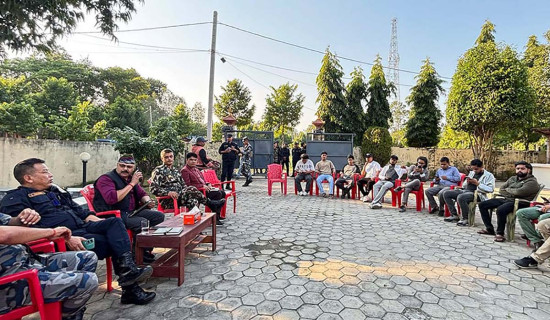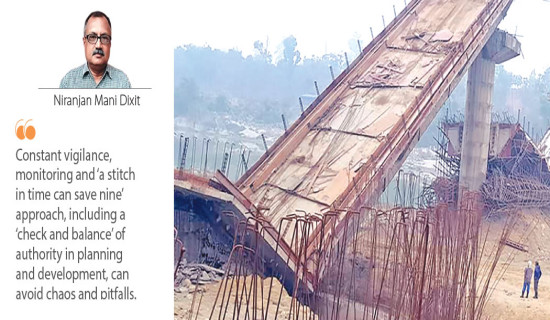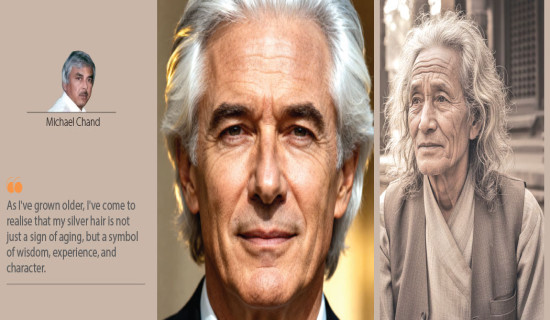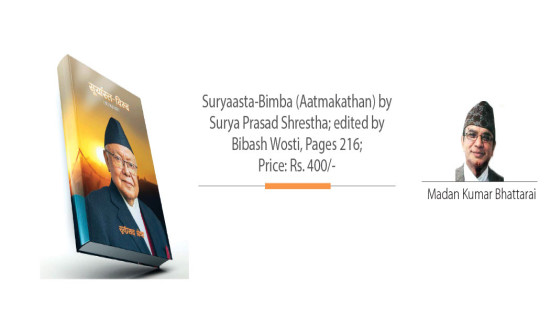- Saturday, 22 November 2025
Promote Electric Vehicles
As the world is shifting to clean energy, China has taken various significant initiatives to create a green, clean and safe world. In recent years, China has maintained over 5 per cent of annual GDP growth rate, with 3 per cent of energy consumption growth. It is pursuing the world’s largest clean energy development programme, becoming the world's top producer of solar and wind power equipment. China has one-third of global wind power and one-fourth of global solar power capacity. This power generation mix has enabled it to markedly improve its air quality. In 2023, about 65 per cent of Chinese cities met the air quality criteria, an increase of 13 per cent from that figure in 2020. Beijing had always been hit by heavy smog but last year its air quality was the best in history.
It has also become the world's largest producer, consumer and exporter of electric vehicles (EVs), selling more electric cars than the rest of the world combined. China exported some 679,000, 1.2 million and 818,000 EVs in 2022, 2023 and January-August 2024, respectively. It has been annually producing 10 million EVs in line with its commitment to promoting green and low-carbon development. This will be a milestone in enabling China to achieve carbon neutrality by 2060.
Against his backdrop, a week-long seminar ‘New Energy Vehicle Industries Development For BRI Partner Countries,’ which is now underway in Beijing, has stressed on clean energy to fight the negative consequences of climate change triggered by the global warming. Former ambassador Chen Mingming put forth his view on the history of China, present condition and future roadmap. Zhou Mu of Academy of Social Sciences shed light on status of BRI implementation while professors He Wenping and Ma Xiaoli highlighted the importance of environment-friendly automobiles at the seminar attended by 38 nations.
In Nepal too, many people have been attracted to using EVs, as seen in NADA Auto Show that took place last September. EVs are cost-effective and do not pollute environment. EVs manufactured by BYD, a Chinese automobile company, have caught the fancy of Nepali consumers. Rich in hydropower, Nepal should promote EVs through tax incentives. The country has to spend around Rs. 200 billion for fossil fuels, which not only drains a good chunk of tax payers' money but also contaminate air, making Kathmandu one of the world's most polluted cities and badly affecting the health of the elderly and children.
In order to boost domestic consumption of electricity, the use of EVs needs to be encouraged while converting the private and public vehicles into electric ones. Enhancing green economy and fostering win-win cooperation among the nations is the cornerstone of BRI. China is Nepal's close friend and trust-worthy neighbour that has already become the world's second largest economy. It is prudent to implement development projects under the Belt and Road Initiative (BRI) framework of which Nepal became a signatory in 2017. But no vital BRI project has been implemented to date.
More than 153 nations have been the part of the BRI that can be instrumental in transforming Nepal from a landlocked to a land-linked nation. The trillion dollar project bears many dimensions. A BRI member nations can benefit from China’s investment, technology and experiences in building big infrastructures. Nepal lacks much-needed budget to fuel development works on its own. The BRI will be one viable means to assist the Himalayan nation to realise its lofty goal – Prosperous Nepal, Happy Nepali. The political parties should develop a common ground on BRI so as to speed up its implementation in the country.

















